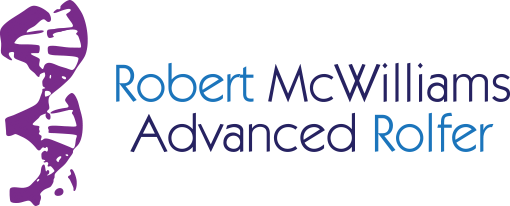Working with a client today with back and rib pain, and a lot of scoliosis. We started ‘the big project’ today of unraveling things from the ground up. For someone with a lot of scoliosis, this means ( for me) working on a particular restricted pathway or joint in the legs, then having them stand up and see what happened.
Sure enough, after doing work on her legs and thighs, the scoliosis asserted itself much more visibly even just in standing still. It’s as if we decompensated her legs, meaning that we worked to release a lot of the compensatory holding in her legs and hips caused by the scoliosis. You could see this as a corkscrewing action into the ground that enables someone whose spine is fairly twisted to face forward. Once the legs are uncoiled, the scoliosis is free to express: one knee way in front of the other, one hips way forward, hips skewed far to the right with the torso way over to the left and so on. Then we worked to release the ‘driver’ of this pattern, in her case ( and everybody is different!) strong restrictions in fascial tissues in the area near where the descending colon becomes the sigmoid, as well as around the kidney, bladder and down into the hip itself. A flattening in the torso above has been straining her ribs, causing them to pop out, and I worked with her to open related fascias. But, again the legs looked a little disconnected. Solution for today? Tracking, i.e. getting the joints to work properly in simple knee bends by guiding them with my hands in standing. For me, this is about finding the counter-rotational movements at tibia and femur, in addition to engaging the client’s nervous system while relating to gravity. The result: hips back over the feet, also an absence of pronation ( which has been a problem) and noticeable increase in space at the waist ( and a more even connection to the floor, all the way to the top of her head.)
That was just our third session, though ( and, in my mind, was a “Session 2′ in Rolf speak, as in “initiating bilateral support.” There was no way I was going to do that “2” without using elements of 4 ( the inseam line), because, simply, the pronation and knee knocking were not at all driven by her lower leg. In a test on the table for me to assess motion at the knee, counter rotation between femur (slightly lateral) and tibia (slightly medial) seemed perfect to me. So…maybe this gives you some idea of all the stuff that goes through a Rolfer™’s mind?
